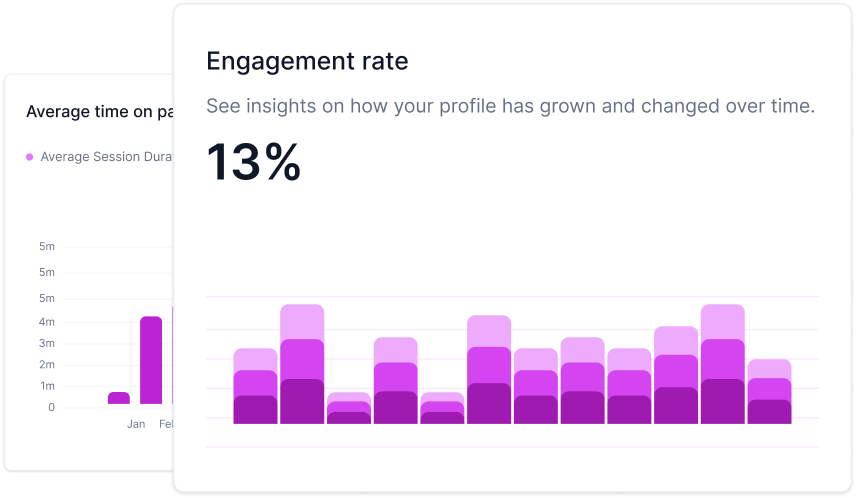What is the Behavioral Targeting?
Behavioral targeting is a digital advertising strategy that tracks and analyzes online user behaviors, such as website visits, search queries, and click patterns, to deliver tailored and relevant ads based on individual preferences and interests. This approach enables advertisers to reach their target audience more effectively by understanding and targeting specific behaviors and interests.
In the intricate world of digital advertising, the term "Behavioral Targeting" reigns supreme, transforming the way advertisers connect with their audiences. This article aims to demystify behavioral targeting by explaining how it works, outlining its benefits for advertisers, and addressing the critical issue of privacy concerns.
How Does Behavioral Targeting Work?
Behavioral targeting is a sophisticated digital advertising strategy that hinges on tracking and analyzing user behaviors across the web. It involves the following key steps:
- Data Collection: Various methods, such as website cookies, tracking pixels, and browser history, are employed to gather user data. This data encompasses a user's online actions, including websites visited, search queries, products viewed, and content interacted with.
- User Profiling: Collected data is used to create detailed user profiles. These profiles categorize users based on their interests, preferences, and behaviors. For instance, a user who frequently visits sports websites might be categorized as a sports enthusiast.
- Ad Personalization: Advertisers leverage these user profiles to deliver highly targeted and relevant ads. When a user with a "sports enthusiast" profile browses the web, they are more likely to encounter sports-related ads.
- Ad Placement: Advertisers choose the digital spaces where their tailored ads will be displayed. These spaces may include websites, social media platforms, search engine results pages, and more.
- Real-Time Bidding (RTB): In some cases, real-time bidding is used, where advertisers bid for ad placements each time a user visits a web page. The highest bidder's ad is displayed to the user in a matter of milliseconds.
What Are the Benefits of Behavioral Targeting for Advertisers?
Behavioral targeting offers a wealth of advantages for advertisers, transforming the way they engage with their target audience:
- Precise Audience Targeting: Advertisers can reach their ideal audience with pinpoint accuracy, ensuring that their ads are seen by individuals who are genuinely interested in their products or services.
- Increased Engagement: By delivering content that aligns with user interests, behavioral targeting fosters higher user engagement. Users are more likely to click on and interact with personalized ads.
- Cost-Efficiency: Advertisers maximize their advertising budgets by displaying ads to users with a higher likelihood of converting. This results in improved return on investment (ROI) for digital ad campaigns.
- Ad Relevance: The personalized nature of ads enhances their relevance, improving the overall user experience. Users are more receptive to content that aligns with their interests.
Are There Privacy Concerns Associated with Behavioral Targeting?
Privacy concerns are a significant aspect of behavioral targeting. Users may worry about their data being collected and shared. To protect their data while enjoying personalized content, users can take the following measures:
- Review Privacy Settings: Check and adjust privacy settings on web browsers and digital platforms to control how much data is collected and shared.
- Use Ad Blockers: Ad blockers can prevent some tracking technologies from collecting data.
- Explore Opt-Out Options: Some platforms offer opt-out choices, allowing users to decline participation in behavioral targeting programs.
- Regularly Clear Cookies: Clearing cookies from web browsers can help limit the amount of data collected over time.
In conclusion, behavioral targeting is a powerful tool in the arsenal of digital advertising. By understanding how it works, advertisers can harness its potential to reach their target audience effectively. However, addressing privacy concerns is equally essential to ensure that users' data is handled with care and respect, striking a balance between personalized content and data protection.

